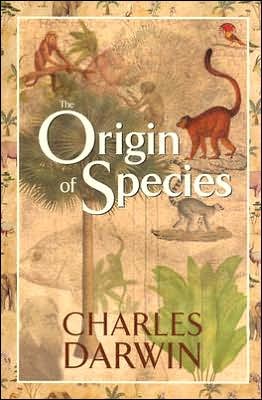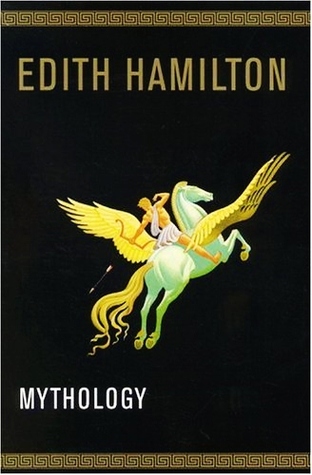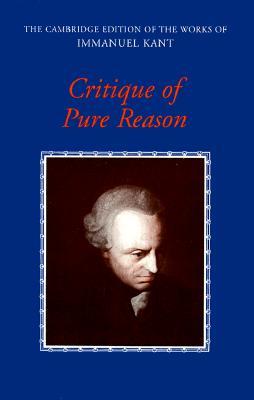
Estimated read time: 6 min read
One Sentence Summary
Charles Darwin's groundbreaking work on evolution, explaining the process of natural selection and its implications for the origin of species.
Table of Contents
Introduction
"The Origin of Species" by Charles Darwin is a groundbreaking and influential scientific work that revolutionized our understanding of the natural world and the process of evolution. Published in 1859, this book laid the foundation for modern biology and challenged traditional beliefs about the creation and diversity of life on Earth.
Brief Synopsis
"The Origin of Species" presents Darwin's theory of evolution through natural selection, a concept that had a profound impact on the scientific community and society as a whole. Darwin meticulously gathered evidence from various fields, including zoology, botany, geology, and paleontology, to support his argument that all species of organisms have descended over time from common ancestors.
The book begins with an overview of the abundant and diverse forms of life found on Earth. Darwin then delves into the mechanisms of variation and inheritance, proposing that traits are passed down from one generation to the next. He introduces the concept of natural selection, explaining how favorable traits increase an organism's chances of survival and reproduction, leading to the gradual evolution of species over millions of years.
Darwin also addresses potential objections and counterarguments to his theory, discussing topics such as the geological record, the absence of "intermediate" forms, and the intricacies of instinct and behavior. He presents a wealth of evidence from his own observations, as well as from the work of other scientists, to support his claims.
Main Characters
| Character | Description |
|---|---|
| Charles Darwin | The author of the book and a renowned naturalist, Darwin is known for his extensive research and groundbreaking theory of evolution. His observations and insights form the basis of "The Origin of Species." |
Summary of Different Story Points over Chapters
Chapter 1: Variation under Domestication
- Darwin discusses the variation that occurs in domesticated animals and plants, highlighting the role of selective breeding in creating new breeds.
- He emphasizes that similar processes of variation and selection occur in nature, leading to the formation of distinct species.
Chapter 2: Variation under Nature
- Darwin explores the wide range of variation found in nature, from subtle differences within a species to the divergence of entirely new species.
- He argues that this variation is essential for natural selection to operate, as it provides the raw material for adaptation and evolutionary change.
Chapter 3: Struggle for Existence
- Darwin introduces the concept of the "struggle for existence," where individuals within a population compete for limited resources.
- He explains how this competition leads to the survival of those with favorable variations, ensuring their traits are passed on to future generations.
Chapter 4: Natural Selection
- Darwin delves into the mechanism of natural selection, explaining how favorable variations accumulate in populations over time.
- He provides numerous examples from the natural world to illustrate the process of selection and its role in shaping the diversity of life.
Chapter 5: Laws of Variation
- Darwin explores the laws that govern variation, discussing the importance of heredity and the transmission of traits from parents to offspring.
- He also examines the influence of external factors, such as the environment, on the expression of inherited characteristics.
Chapter 6: Difficulties on Theory
- Darwin addresses potential challenges and objections to his theory, including the lack of transitional forms in the fossil record and the complexities of instinct.
- He presents counterarguments and provides evidence to support his explanations.
Main Events
- Darwin presents evidence for the diversity of life on Earth, highlighting the vast array of species and their unique adaptations.
- He introduces the concept of variation and inheritance, explaining how traits are passed down through generations.
- Darwin proposes natural selection as the primary mechanism driving evolutionary change, with favorable variations leading to increased survival and reproduction.
- He discusses the struggle for existence and the competition among individuals for limited resources, which further drives the selection process.
- Darwin addresses objections to his theory, providing evidence from various fields to support his claims and counterarguments.
Themes and Insights
- Evolution and Natural Selection: Darwin's book explores the concept of evolution through natural selection, shedding light on the mechanisms that drive the diversity and adaptation of species.
- Variation and Inheritance: The role of variation and inheritance in shaping the traits of organisms is a central theme in the book, emphasizing the importance of genetic diversity.
- The Struggle for Existence: Darwin highlights the competitive nature of life, where individuals must compete for limited resources to ensure their survival and reproductive success.
- Adaptation and Survival: The book underscores the significance of adaptation in the survival and proliferation of species, as those with favorable traits are more likely to thrive in their environment.
Reader's Takeaway
"The Origin of Species" is a seminal work that invites readers to contemplate the intricate processes that have shaped life on Earth. Darwin's meticulous observations and logical reasoning provide a compelling argument for the theory of evolution through natural selection. This book encourages us to view the world with a deeper understanding of the interconnectedness and continuous change of all living organisms.
Conclusion
"The Origin of Species" is a monumental scientific work that continues to shape our understanding of the natural world. Darwin's theory of evolution through natural selection has had a profound impact on biology, challenging traditional beliefs and providing a framework for studying the diversity and interconnectedness of life. This book remains essential reading for anyone interested in the origins and evolution of species.
The Origin of Species FAQ
What is 'The Origin of Species' about?
When was 'The Origin of Species' published?
What is the significance of 'The Origin of Species'?
Is 'The Origin of Species' accessible to non-scientific readers?
What evidence does Darwin present in 'The Origin of Species' to support his theory of evolution?
Has 'The Origin of Species' been updated or revised?
Is 'The Origin of Species' still relevant today?
Are there any controversies surrounding 'The Origin of Species'?
Can 'The Origin of Species' be read as a standalone book?
Where can I find 'The Origin of Species'?




